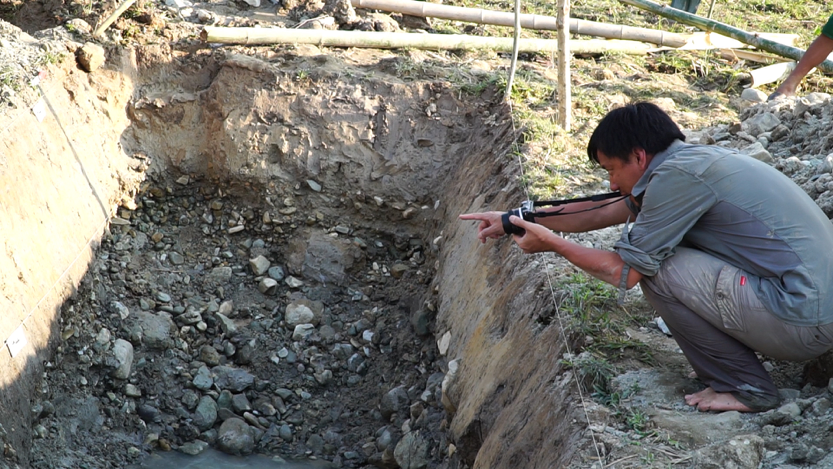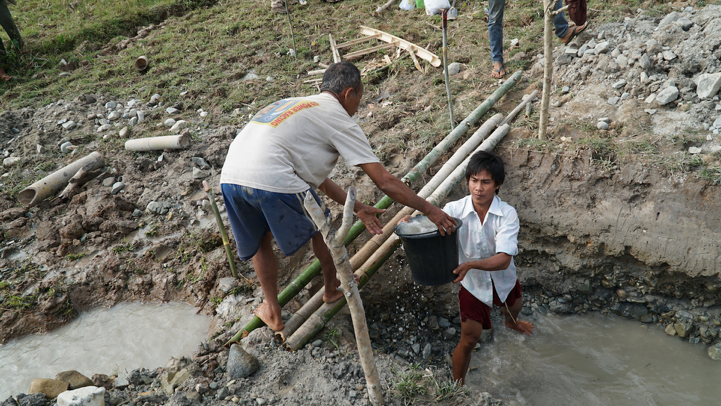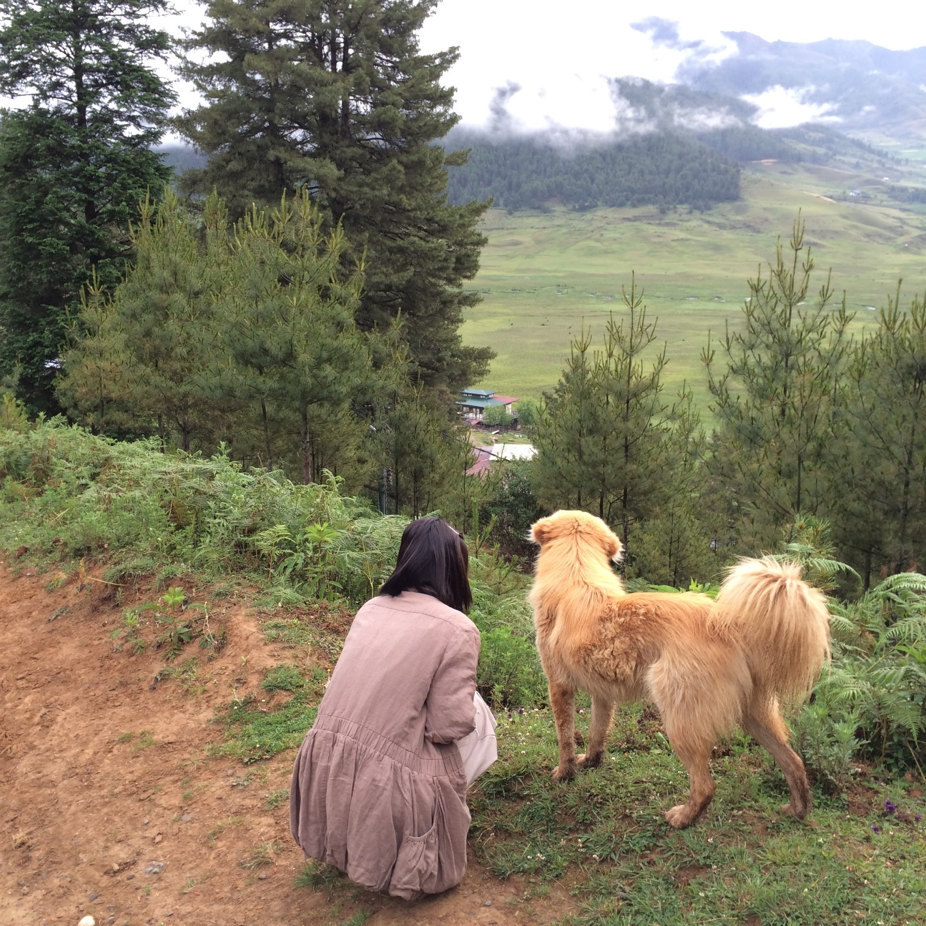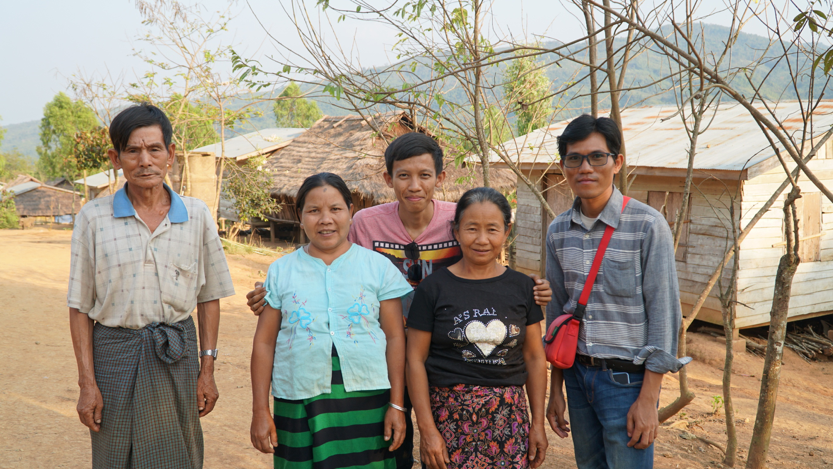
“We scientists usually think we know everything,” said Dr Wang Yu, a Research Fellow at the Earth Observatory of Singapore (EOS), “but when we go into the field, we start to realise that actually farmers have most of the important knowledge about the land, and that we are just visitors with lots to learn.”
Dr Wang Yu led a group of scientists and students during an earthquake geology training workshop in Myanmar and Thailand in February 2017. The workshop was designed to educate students with no prior field experience about active fault trenching and paleoseismology by investigating the fault rupture from the 2011 Tarlay earthquake.
Geologists employ a wide range of methodologies to do their work. Besides traditional scientific research and written records or inscriptions, Dr Wang Yu said that scientists also rely on local knowledge to learn more about the earthquake history of a place.

Knowledge of the geological history of a place is sometimes preserved in oral histories and folklore, which can help scientists learn about earthquakes that occurred before there were written records.
One example is the myth of the White Eel often recounted in northern Thailand. As the story goes, about 1,500 years ago, several fishermen found a white eel in the Mekong River. The fishermen brought the white eel to the king who could not decide whether he wanted to eat the eel.
With its unusual appearance, the king thought the eel might be a holy animal. The king called together a counsel of his advisors, and asked whether they thought he should eat the eel or return it to the river.
The royal court decided to eat the eel, and after doing so, went to bed. There was a great earthquake that night. The ground shook, collapsing the palace. Everyone who had eaten the white eel perished.

While the story may sound like nothing more than folklore, Dr Wang Yu said, it provides scientists with an important clue: that a major earthquake might have occurred in northern Thailand around 1,500 years ago. Amazingly, this coincides with the geological evidence that Dr Wang Yu and his team discovered in a trench in the Mae Chan Fault.
Considering both the geological evidence from the trench, and the story about the White Eel, scientists are quite confident that a major earthquake event did indeed take place about 1,500 years ago in northern Thailand. In this way, local knowledge imbedded in folklore can be compared against geological evidence preserved in sediment deposits. Using both forms of knowledge, scientists can make more confident conclusions about the geological history of a place.
Village elders and farmers can also be important sources of information about earthquake histories as they provide anecdotal accounts of what happened in the past.

When they arrive at their field site, Dr Wang Yu’s team usually tries to find a farmer who is willing to be interviewed. They ask the farmer to tell them any details he or she remembers about a recent earthquake. They listen out for any information that might suggest a rupture through the farmer’s field, the specific location, length, or depth of the earthquake, or the presence of any sand or mud spraying up from the ground during the earthquake event.
This information will help the team determine the most suitable location to dig their trench, and may also influence their understanding about the degree of ground motion and the size of the rupture caused by the earthquake.
“We have to rely on the knowledge provided by farmers, who are the experts on their land,” said Dr Wang Yu. “They know the land intimately because they spend so much time on it.”
Farmers often have important knowledge about the condition of the land immediately after an earthquake rupture – information that may not be preserved in the geological records.